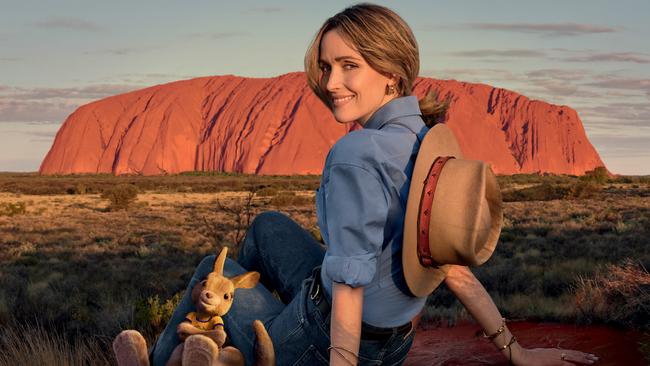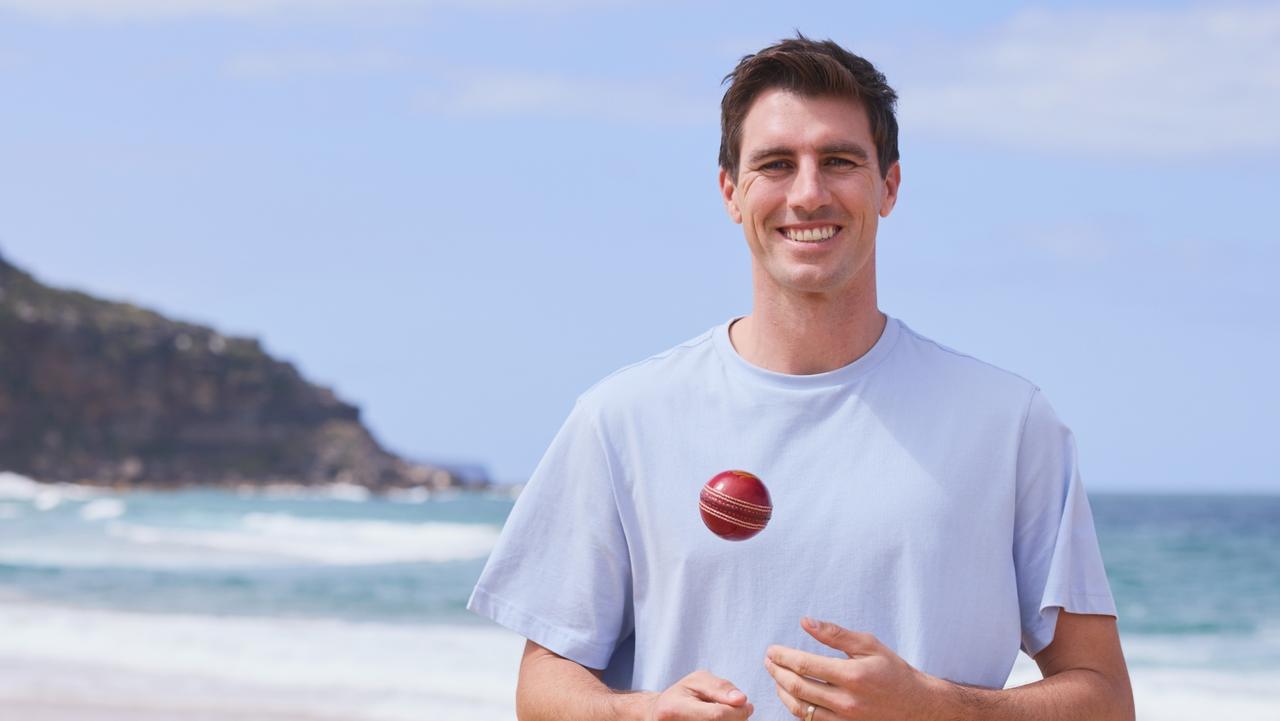American and Chinese travellers head back
China is expected to claw back the No.1 spot as the largest inbound tourism market for Australia within three years after a steep fall-off in travel numbers during the Covid-19 pandemic.

Business
Don't miss out on the headlines from Business. Followed categories will be added to My News.
China is expected to claw back the No.1 spot as the largest inbound tourism market for Australia within three years after a steep fall-off in travel numbers during the Covid-19 pandemic, Tourism Australia has revealed.
The lack of cheap flights into Australia is one of the major problems bedevilling the rebound of the international tourism industry, but on a brighter note, Chinese travellers are signalling they are interested in returning in droves.
Before Covid, China was Australia’s leading visitor market with 1.4 million arrivals each year contributing $12.4bn in spending, boosted by a strong aviation market with an average of 158 flights a week equating to 2.2 million seats a year.
China reopened this year and is tracking at about 20 per cent of 2019 levels. In February, 40,000 Chinese travellers arrived here, up from fewer than 15,000 in January.
By February, aviation from China was at 23 per cent of pre-pandemic levels, but is forecast to return to 42 per cent this month and is expected to be back to 50 per cent by the second half of this year.
The federal government’s Tourism Research Australia forecasts China will return to pre-pandemic levels by 2026. Tourism Australia is looking to draw visiting friends and relatives travellers as well as Chinese holidaymakers and has been running campaigns for more than a year.
The global Come and Say G’day campaign, released in other markets in October 2022, will be launched in China in late June.

Meanwhile, the nation’s most powerful tourism executive, Phillipa Harrison, managing director of Tourism Australia, the federal government agency responsible for attracting international tourists, said it was obvious Australia needed Chinese tourists, its pre-Covid-19 No.1 inbound market, to return.
“We are now very focused on the big job of getting international travellers to Australia,” Ms Harrison said in an interview with The Australian. “We know we need the Chinese tourists back.
“We are seeing really positive signs (but) it is very early days.
“Last week on the Gold Coast, we had 135 Chinese buyers attending the Australian Tourism Exchange.
“So we are managing to get them back pretty quickly. And they are all telling us they are really keen to come back to Australia, and I think we’re going to see the business grow.”
Ms Harrison said direct aviation capacity between Australia and China was returning faster than anticipated, and was at 40 per cent of pre-Covid-19 levels.
“We’re anticipating that it’s going to jump to 50 per cent in the next couple of months,” she said.
“What we think is that in 2024 (the Chinese market) will normalise, and by late 2025 it will be booming and return as the largest inbound market, followed by NZ and then US and UK markets. “The US tourism market is (also) growing quite fast.”
Citing Oxford Economics numbers, Ms Harrison expected domestic tourism numbers would return in full by 2024 and international tourism by 2025.
Ms Harrison, visiting Uluru in the Northern Territory for the launch of the $10m-plus 1269-drone show Wintjiri Wiru, the largest single investment in Indigenous tourism in decades, said every tourist coming to Australia wanted to visit Uluru because it was an icon.
“Our research shows that Indigenous experiences have moved on from just dancing and cultural shows,” she said.
“We can (now) do things like dive on the Great Barrier Reef with an Indigenous guide, or you can do the Sydney Harbour Bridge climb with an Indigenous guide; you can go sand-duning in Port Stephens (NSW) with an Indigenous guide and understand Indigenous culture.”

Ms Harrison said authentic experiences such as the Wintjiri Wiru experience, performed nightly in the shadow of Uluru, would help international tourists engage with Indigenous culture in an exciting and different way. “I think it has universal appeal,” she said. “And for people who have English as their second language, it just cuts through all of that.”
Developed by Canadian-born light specialist Bruce Ramus with the Indigenous-owned Voyages and the local Anangu people, the 22-minute Wintjiri Wiru experience involves drones, lasers and a light show.
Voyages chief executive Matt Cameron-Smith said, as with every tourism business, Uluru was still recovering from Covid, but was buoyed by the fact that direct flights into the Red Centre were rapidly increasing.
On the domestic tourism front, Ms Harrison said though numbers had not rebounded to the extent of pre-Covid-19 levels, domestic travellers were spending more.
“One thing I would say on domestic, though, is even though numbers aren’t quite where they were, spend is way, way above, so we’re actually seeing a real boost in spending domestically at the moment,” she said.
“And even though there are significant macroeconomic headwinds out there, people are still spending a lot on travel.
“Some people are spending up to 25 per cent more than they used to, and if you ask any of the top agents, they’ll tell you they are having an absolute boom.”
These days, according to Harrison, travellers are spending on better hotel rooms and they are upgrading their airline seats. They are also doing more experiences. “There’s also a little bit of the inflation factor in there, but they are just doing more.”
“There’s a real sense of optimism, and it feels like things are normalising. I think our industry acknowledges that there are still some frictions, but one of the things we know is there is global demand for Australia and that has not wavered.
“That would be a hard thing to fix if that was broken.
“But what is limiting the rate of return is frictions which are in the way, and that is largely airline capacity and price. Those (high) prices are a function of capacity.
“So we are really focused on airline capacity and restoring that because that’s what’s going to help us with recovery.”
The writer was a guest of Voyages Indigenous Tourism Australia.
Originally published as American and Chinese travellers head back




